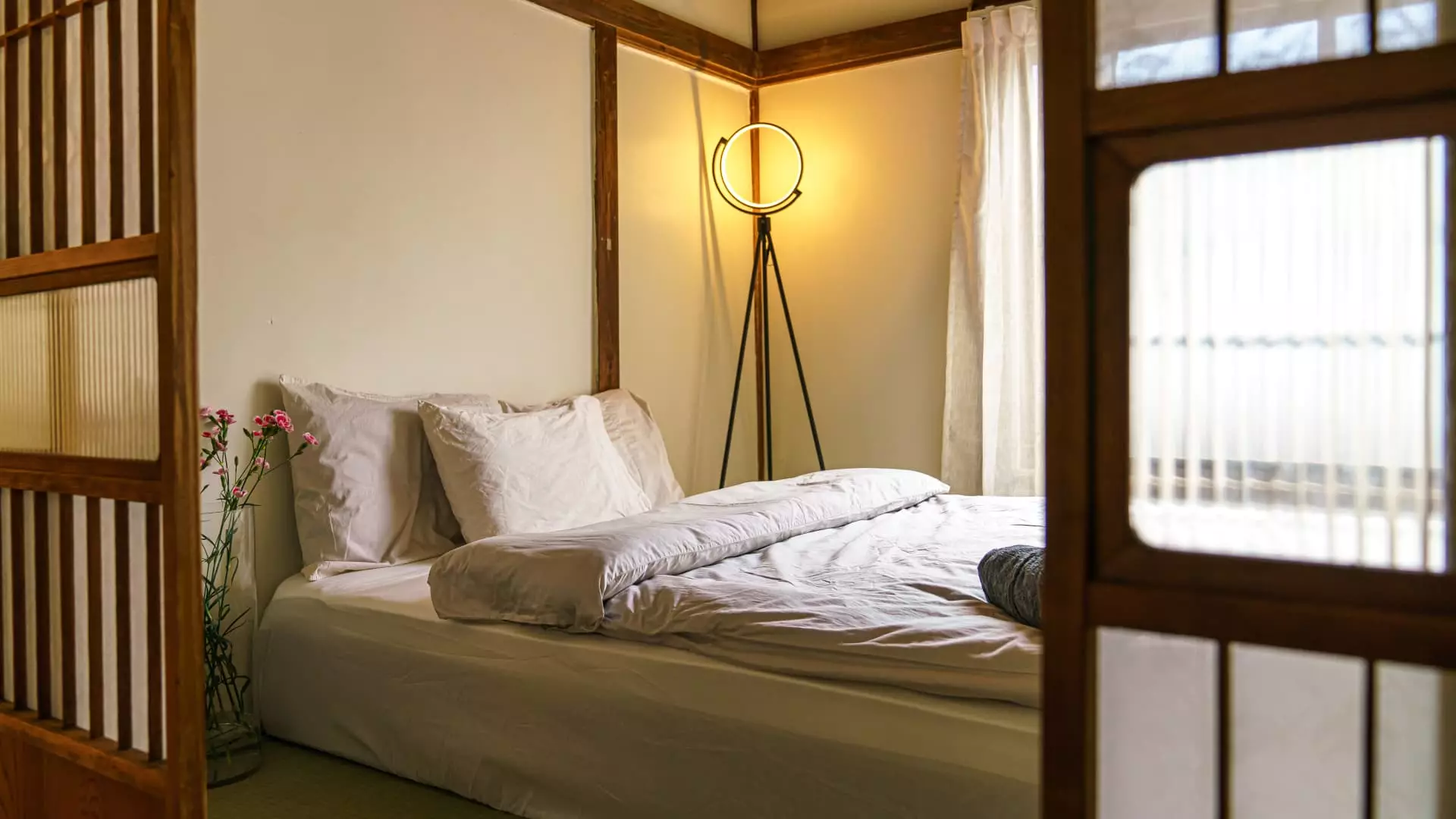In a nation grappling with a demographic crisis marked by declining birth rates and an aging population, over 9 million homes stand empty across Japan. These “akiyas,” or abandoned properties, symbolize not just a housing surplus but also an opportunity for innovative individuals ready to breathe new life into neglected spaces. Anton Wormann, a 32-year-old from Sweden, recognized this potential firsthand when he moved to Japan in 2018, drawn by the culture, cuisine, and breathtaking landscapes that captivated him during prior visits. His passion for DIY projects and an eye for design led him to purchase a derelict neighbor’s house, igniting a transformative journey that highlights the intersection of opportunity and preservation in a unique cultural landscape.
Wormann’s inspiring journey began when he discovered that his neighbor’s property had been abandoned for nearly a decade following the death of its elderly owners. Upon learning of its availability, he seized the chance to buy the 86-year-old residence for approximately $54,000. The reality he faced, however, was daunting; the house was far from the picturesque renovation project he had imagined. Burdened with decades of neglect, Wormann encountered numerous challenges, including infestation, accumulation of personal belongings, and significant structural damage. These obstacles would test not just his resolve but also redefine his understanding of restoration.
Rather than backing down in the face of adversity, Wormann embraced the challenge. With over 1,000 hours invested in the renovation process, he developed a plan that respected the property’s history while modernizing its aspects. “Making something beautiful takes time,” he states, emphasizing that the renovation was about more than functionality—it was a quest for beauty and uniqueness. This endeavor not only cultivated his skills as a renovator but also deepened his appreciation for traditional Japanese architecture, enhancing the cultural tapestry of the region.
What began as a personal passion project quickly evolved into a burgeoning business. By transforming dilapidated akiyas into attractive short-term rentals, Wormann addressed a gap in the market that many might overlook. In a country where tourism remains a vital sector of the economy, his restored properties draw visitors who wish to experience the authenticity of Japanese living while enjoying modern amenities.
Now, after pouring considerable effort and financial resources—nearly $110,000 in total for the purchase and renovation—Wormann’s property commands around $500 per night on Airbnb, generating substantial monthly income. This financial success illustrates how a keen eye for opportunity, paired with diligent work, can yield impressive returns. Additionally, the increasing popularity of his properties has inspired him to invest in more abandoned homes, and he now owns eight, seven of which were steered toward rejuvenation.
Wormann’s endeavors point to a larger cultural narrative in Japan, where many beautiful homes built decades ago are now forgotten and in disrepair. These structures, once bustling with life, signify a cultural erosion that resonates with Japan’s broader demographic shifts. He reflects on this melancholic reality by noting, “There are dying villages…a lot of beautiful houses are going to waste.”
The revitalization of these akiyas signifies more than economic benefit; it embodies a reclamation of cultural heritage. Wormann emphasizes that these homes hold stories and histories that, when preserved, contribute to the collective identity and continuity of Japanese culture. Hence, his mission extends beyond mere restoration; he aims to preserve and celebrate the legacy embedded within the walls of these once-thriving homes.
Anton Wormann’s journey of turning abandoned houses into functional and aesthetically pleasing spaces offers impactful lessons. He embodies a model of resilience and creativity in the face of Japan’s pressing demographic challenges. By championing the revival of akiyas, Wormann not only addresses a critical issue of housing surplus but also affirms the importance of cultural stewardship. The confluence of personal passion and entrepreneurial endeavor can foster meaningful change, transforming not just properties, but entire communities.
As the cultural significance of these homes is revitalized, Wormann’s success story is illustrative of the untapped potential residing in Japan’s akiyas, suggesting that with vision and dedication, these spaces can indeed serve a greater purpose in society. The story of Anton Wormann is a reminder that every vacant structure represents not just loss but also the promise of rebirth and renewal.

